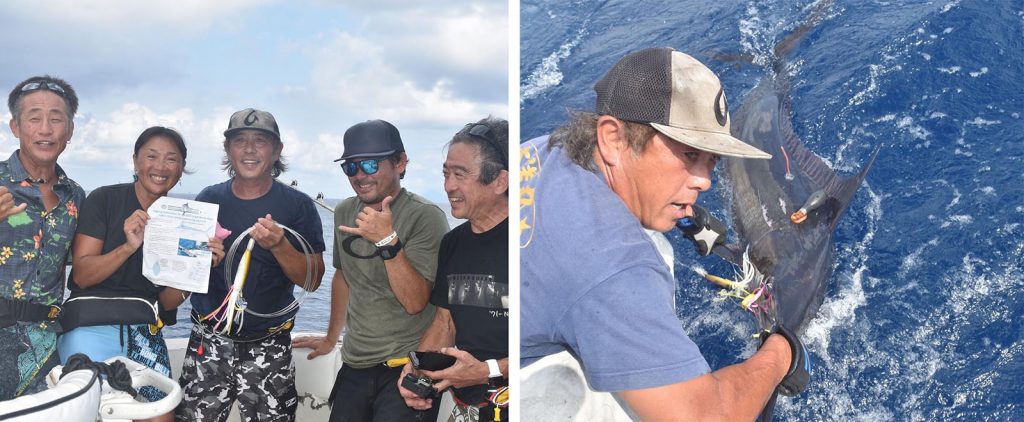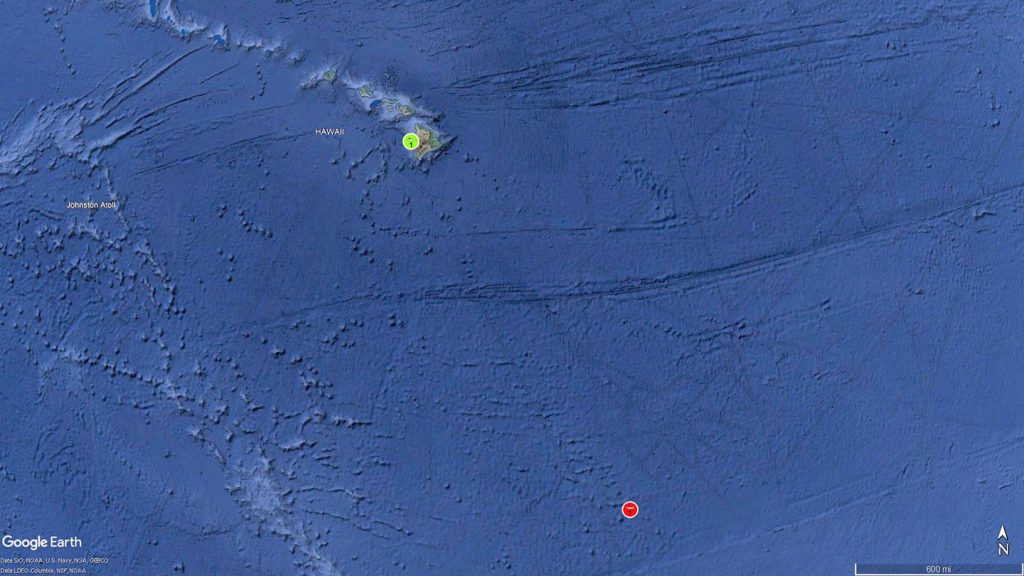IGFA Great Marlin Race Update for November 2021

Over the past few months, the IGFA Great Marlin Race has been deploying tags around the world. Since August, a total of 16 PSAT tags have been deployed on blue, black, and striped marlin. These tags have been placed on fish caught off the coasts of Japan, Hawaii, Costa Rica, USA, and Mexico. These tags are expected to pop up and transmit billfish behavioral information in the spring of 2022.

The IGMR also recently had four tags pop up and transmit data to Stanford University. Two tags popped up off Japan in October and November. The first to pop up was on the fish for 53 days and popped up 570nm from where it was deployed.
The second popped up after 105 days, only 100nm from where it was deployed. The other two tags to pop up were from Kona, Hawaii. The first Kona tag to pop up had a very short deployment period of only 17 days but popped up 250nm from where it was placed on the fish. The second tag popped up after 68 days, 952nm from where it was deployed.

Although the IGMR program sets the tags to remain on billfish for 240 days and have been very successful in long term deployment durations, shortened durations are very common when tagging billfish and still provide a wealth of information that can be used to better understand their behavior.
The IGMR expects multiple tags to pop up in the coming months. Eight tags are scheduled to pop up in late November and December from races held in Japan, Bahamas, New Zealand, and Hawaii. As PSAT transmitted data is analyzed and mapped by Stanford’s scientists, we will continue to provide updates on what these billfish are doing.
The IGMR, presented by Costa Sunglasses, is a research collaboration between IGFA and Stanford University and is sponsored by Bass Pro Shops and Cabela's Outdoor Fund, EdgeWater Boats, and Release Boatworks.
